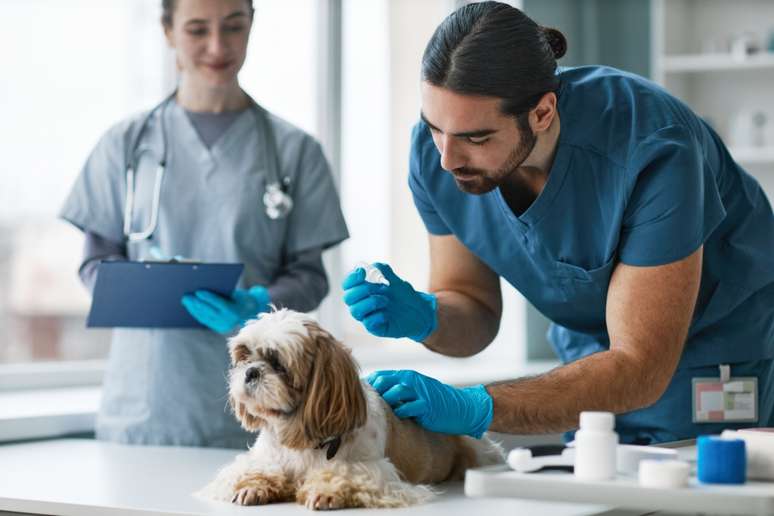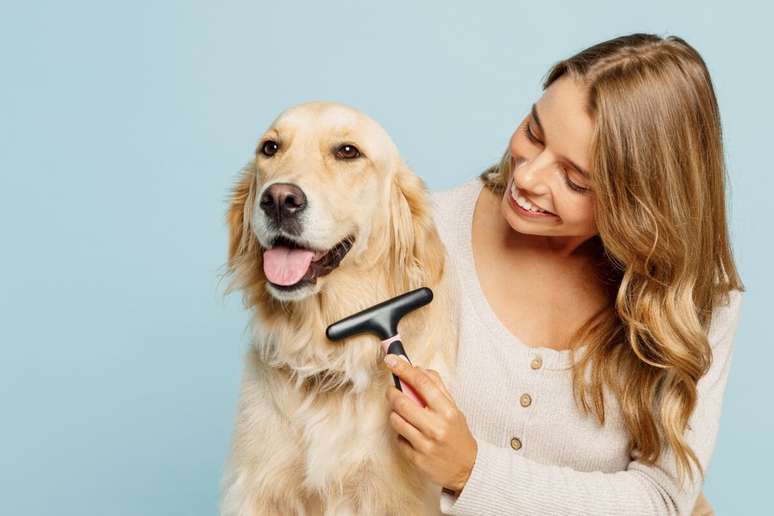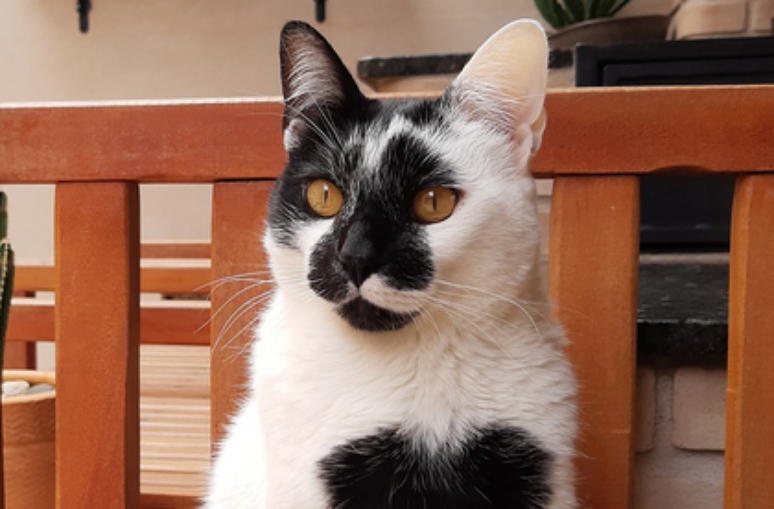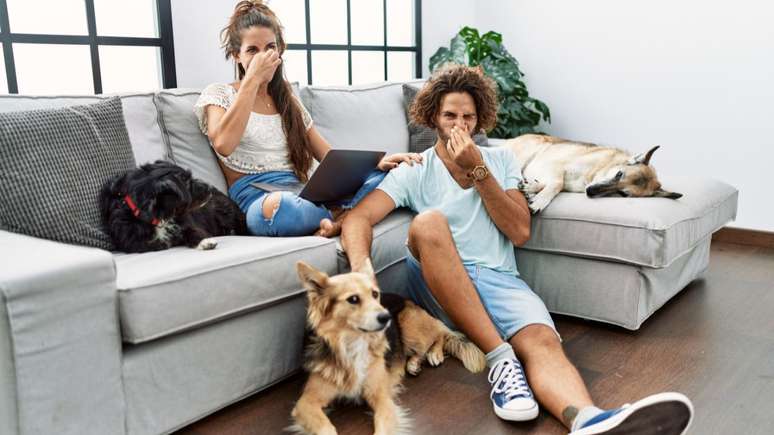Find out how to maintain the health and beauty of your pet’s fur with simple care
Long-haired dogs, such as the Shih Tzu, Lhasa Apso, Golden Retriever and Afghan Hound, require special care to keep their coat healthy, beautiful and tangle-free. In addition to appearance, the health of the skin and coat also directly affects the animal’s well-being. This is because, in addition to the bad smell, dirt, for example, can cause dermatological problems.
Next, take a look at the main treatments for long-haired dogs!
1. Daily brushing
Brushing is essential for long-haired dogs, as it prevents matting and removes dead hair. When not brushed frequently, it can become tangled and cause discomfort to the pet, as well as making it difficult for air to circulate through the skin, encouraging problems such as dermatitis. To do this, use specific brushes for long coats, with soft bristles or wide-toothed combs.
2. Regular bath
Long-haired dogs They require frequent bathing, but without exaggerating. According to veterinarian Cinthya Ugliara, every 7 or 15 days is the best solution. Using specific shampoos for the animal’s hair type helps keep the fur hydrated and shiny. Also, do not under any circumstances use humane products on animals. “The pH of animal skin is different from that of human skin and the product may contain components that cause allergies pet“, he says.
Afterwards it is important to dry the dog well. Leaving your skin and hair damp can contribute to the proliferation of bacteria and fungi that cause dermatological diseases.
3. Use of conditioner
Using conditioner on long-haired dogs can make a difference. This is because it moisturizes the hair, makes brushing easier and helps prevent the formation of knots. However, as mentioned above, it is important to choose products suitable for dogs, as products intended for humans may contain harmful substances. Additionally, conditioner should be applied after shampooing and rinsed thoroughly to avoid skin irritation.
4. Regular cuts
Even dogs that don’t require thorough grooming benefit from regular trims to keep their coat healthy. Trimming the ends of the fur prevents breakage and ensures that the animal is more comfortable, especially in hot weather. To do this, look for a specialized professional who carries out the cut in a safe and beautiful way, respecting the characteristics of the breed.

5. Pest inspection
Dogs with long fur may be more prone to parasites such as fleas and ticks, as the insects can hide in the hair. “THE hygiene environment, inspecting animals after walks, bathing and using products against ectoparasites are the main forms of prevention against fleas, lice, ticks and diseases transmitted by them”, advises Valéria Natascha Teixeira, veterinarian and Professor of Veterinary Medicine at the Pontifical Catholic University of Paraná (PUCPR).
6. Proper nutrition
Food directly affects the health of your dog’s skin and coat. Forage quality, rich in fatty acids such as omega 3 and 6, promote healthy and shiny hair. Furthermore, a balanced diet helps avoid problems with excessive hair loss. To do this, it is essential to consult a veterinarian to choose the best option for the animal.
7. Constant hydration
Hydration is important for both your dog’s body and the health of his coat. Not getting enough water can leave your hair dry and brittle. Therefore, it is crucial to ensure that your dog always has access to fresh, clean water, especially on hot days. Additionally, using moisturizing dog products can help keep their fur soft.
Source: Terra
Ben Stock is a lifestyle journalist and author at Gossipify. He writes about topics such as health, wellness, travel, food and home decor. He provides practical advice and inspiration to improve well-being, keeps readers up to date with latest lifestyle news and trends, known for his engaging writing style, in-depth analysis and unique perspectives.









